Recent Articles
Popular Makes
Body Types
10 Things You Should Know About the 2021 Toyota Highlander Hybrid
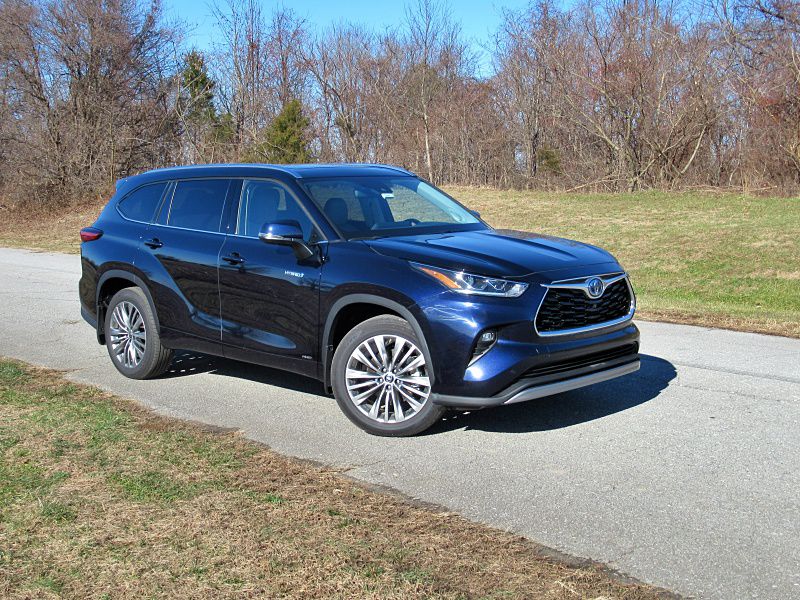
2021 Toyota Highlander Hybrid Platinum ・ Photo by Brady Holt
Do you want a fuel-efficient car, or do you want a big one? Nobody likes to waste gasoline, but sometimes a little compact sedan just won’t meet your needs.
That’s why the 2021 Toyota Highlander Hybrid is so appealing. Thanks to its hybrid powertrain, this mid-size crossover can get better EPA ratings than many economy cars, even while it has lots of cargo space and three rows of seats. Here are 10 things you should know about this economical, comfortable, and feature-packed SUV.
1. It has a gasoline engine and two electric motors.
The Highlander Hybrid has the same engineering idea as the iconic Toyota Prius and the brand’s many other hybrids. An onboard battery powers two electric motors, which can either help the gasoline engine accelerate or take over entirely when you’re cruising or accelerating very gently.
Hybrids save fuel because their electric motors can take over some of the acceleration effort from the gas engine, making it burn less gasoline. Furthermore, when you’re coasting, braking, or even accelerating very gently, the gasoline engine can switch off entirely at times — letting you get around gas-free (and emissions-free) in those cases. In the Highlander Hybrid, a selectable EV (electric vehicle) mode lets you accelerate a little harder without the gas engine if your battery has enough charge.
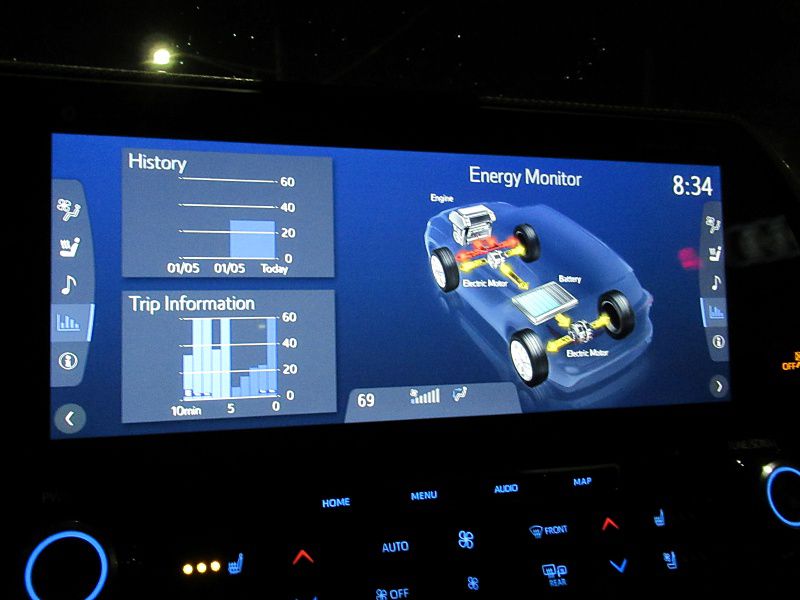
Photo by Brady Holt
2. You don’t plug it in.
Unlike an electric car or a plug-in hybrid, you never plug in the Highlander Hybrid. Instead, the gasoline engine recharges the electric motors’ battery whenever it’s running. And through a process called regenerative braking, the battery also can charge by converting braking friction into electricity.
Never having to plug in the Highlander Hybrid will be a welcome convenience for many buyers. That said, others will wish for the additional zero-emissions range that plug-in hybrid electric vehicles (PHEVs) can provide. They have bigger batteries that let you drive using no electricity at full speed for typically around 20 miles. However, you won’t find many three-row PHEVs until you step up to a pricy luxury model like the Volvo XC90 Recharge, or give up all-wheel drive and SUV styling to buy the Chrysler Pacifica Hybrid, a plug-in minivan.
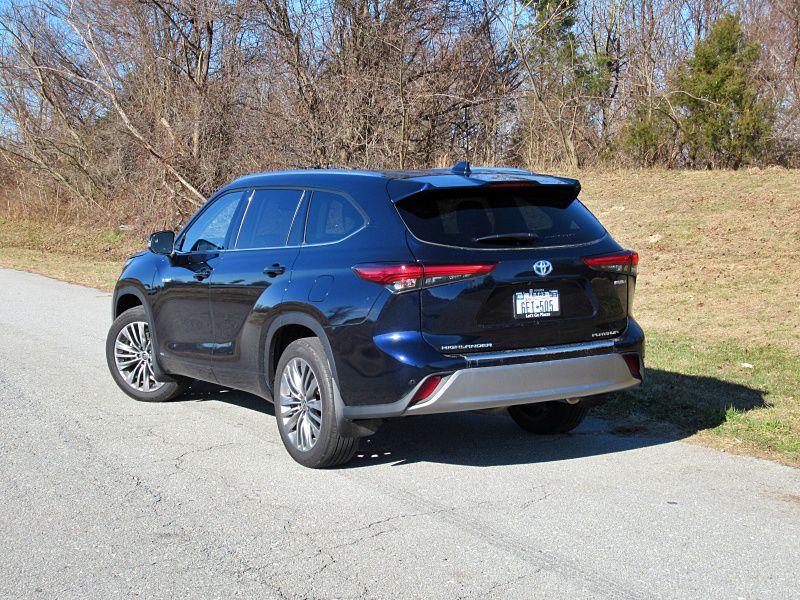
Photo by Brady Holt
3. It’s a roomy SUV that can get 36 mpg.
Even without plugging it in, the Highlander Hybrid can have a big impact on your gasoline usage. Its EPA ratings are as high as 36 mpg in the city and 35 mpg on the highway; some trim levels get about 1 mpg less, including our test vehicle. That’s outstanding for such a big, roomy SUV, and it trounces the most efficient gas-only Highlander; its most efficient trim level scores 21 mpg in the city and 29 mpg on the highway.
With gentle acceleration and at speeds below 15 to 20 mph, our test vehicle frequently stayed in all-electric operation in which it burned no gas. But at highway speeds, where the electric motors aren’t powerful enough to help much, we observed well below the EPA’s highway estimate. This is a fantastic vehicle for city driving or stop-and-go rush hour, but it won’t be so amazing on a multistate road trip. We managed 32 mpg overall, compared with the 23 mpg we observed when testing the gas-only Highlander.
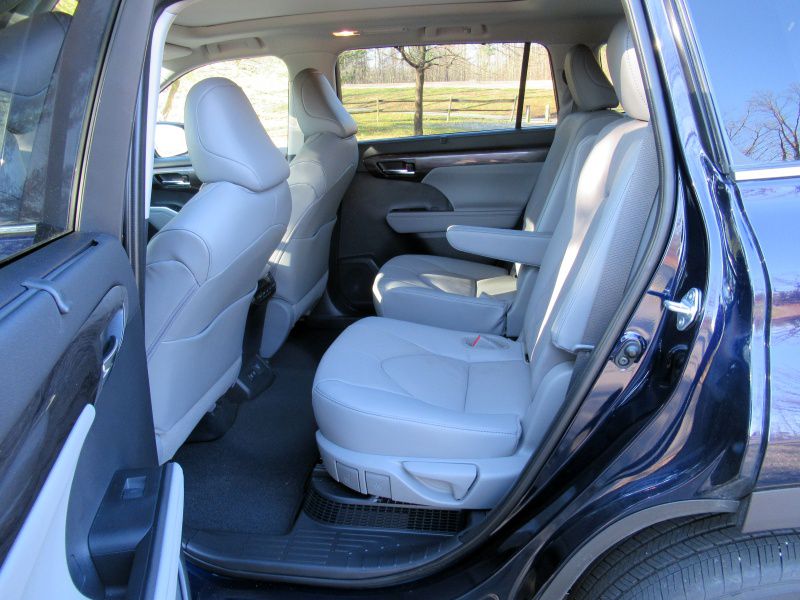
Photo by Brady Holt
4. Older Highlander Hybrids had more cylinders.
Toyota has been selling Highlander Hybrids since way back in 2005, and until last year, they all came with V6 engines. The idea was that in addition to using less gas than the standard Highlander, they’d be quicker, too.
The latest Highlander Hybrid, meanwhile, figures that people would rather trade some speed for some better mileage. We think that was the right move. In the vehicle’s 2020-model redesign, EPA estimates jumped by 7 mpg, while horsepower slipped from 306 hp to 243 hp. That’s the combined output of the two electric motors and this generation’s gasoline engine: a 2.5-liter four-cylinder. It’s louder than the old V6-based powertrain, but we didn’t find either its acceleration or its noise levels to be truly objectionable. Still, if you prefer a more luxurious mid-size hybrid SUV, you can find the quick and quiet V6 hybrid powertrain in the Lexus RX 450h.
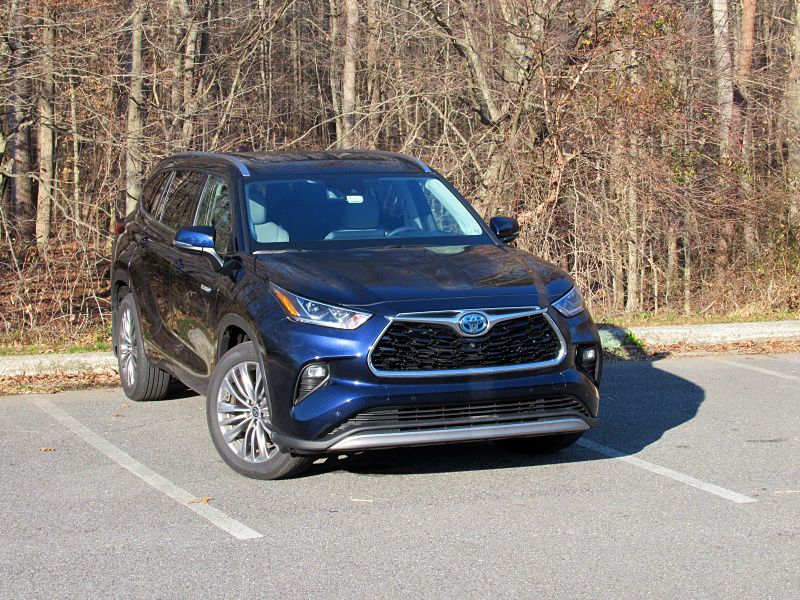
Photo by Brady Holt
5. You’ll typically pay about $1,400 more than the regular Highlander.
At first glance, it looks like the Highlander Hybrid costs a lot more than the gas-only Highlander. The hybrid’s steep starting price of $38,410 is $4,000 more than the cheapest V6 Highlander. But crunch the numbers more, and things don’t look so bad.
The Highlander Hybrid isn’t sold in the gas Highlander’s base L trim level, instead starting with the next-up LE that adds a power liftgate, blind-spot monitoring, and a leather-wrapped steering wheel. Comparing vehicles with the same features, the price difference shrinks to a mere $1,400. You do give up some acceleration and quietness, in addition to the extra cash. But unless you’re dedicated to six-cylinder performance, the hybrid’s fuel savings can pay for themselves. Do keep in mind that the gasoline Highlander is more expensive than most of its competitors; if value is a top consideration, the calculation might change if you buy a cheaper mid-size crossover.
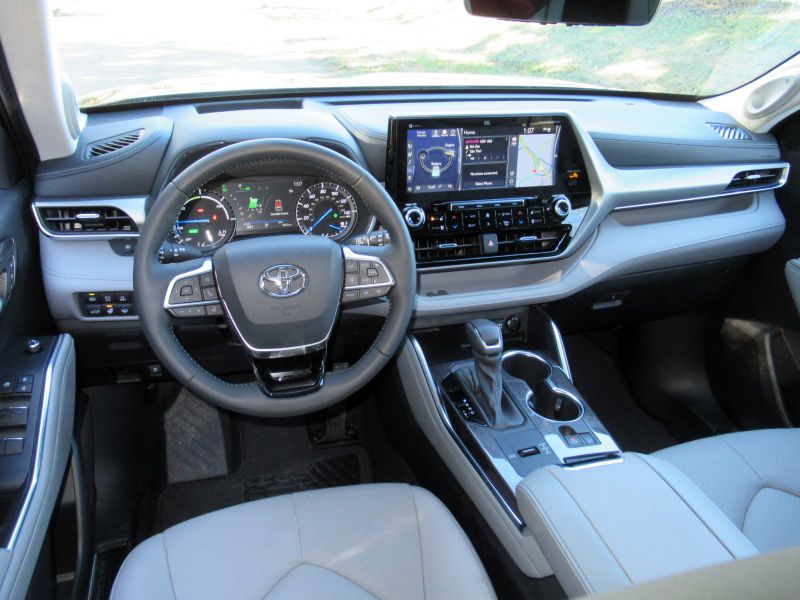
Photo by Brady Holt
6. It seats up to eight passengers without getting too bulky.
A longtime Highlander selling point is that it’s less bulky than many other three-row crossovers, making it less intimidating to drive and easier to fit into your driveway or garage. Its 37.4-foot turning circle is good for its class, too. What’s more, while many three-row crossovers — even those that are bigger than the Highlander Hybrid — seat only seven people. With a three-passenger third row and the available second-row bench seat, the Highlander Hybrid can seat eight. (Second-row captain’s chairs drop capacity to seven.)
That said, while anyone can be comfortable in the first two rows, the third row has limited legroom, even by the low standards of a mid-size crossover. And with the third row in use, cargo space is limited to a modest 16 cubic feet. That’s more than past Highlander Hybrid generations, and more than the competing Kia Sorento Hybrid, but less than most other mid-size crossovers. Folding the third row opens up a more competitive 48.4 cubic feet behind the second row and 84.3 cubic feet behind the front seats.

Photo by Brady Holt
7. You don’t have to shout to the kids in the back.
If your Highlander Hybrid is loaded up with kids, it can be difficult to make your voice heard in the back. That’s why the Highlander Hybrid is available with a system called Easy Speak.
With Easy Speak, a microphone at the front of the vehicle (also used for the vehicle’s voice commands) can transmit your voice into the vehicle’s rear speakers. You can even cycle through one of four volume settings, effectively raising your voice without straining your throat. This system is standard equipment on the upper-trim Highlander Hybrid Limited and Platinum models.
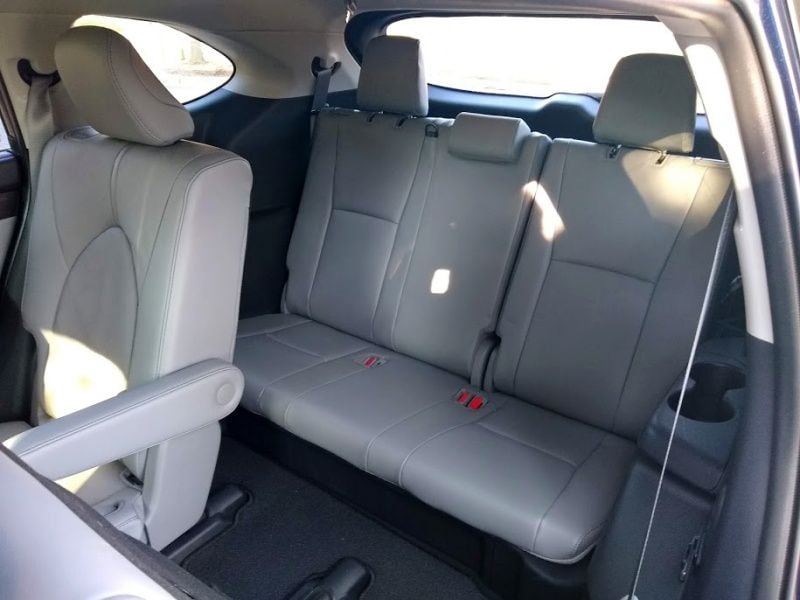
Photo by Brady Holt
8. The available touchscreen is the largest in any mid-size SUV.
The Highlander Hybrid comes standard with an 8-inch touchscreen infotainment system featuring Android Auto and Apple CarPlay smartphone integration. That’s the norm these days. But you can upgrade your Highlander Hybrid to a class-leading 12.3 inches of touchscreen glory.
It’s not just about bragging rights. When done right, a bigger screen lets you display more information at once, rather than making you switch among different menus to view the navigation system, the radio, or your hybrid’s fuel economy data. In the Highlander Hybrid, you can set up the screen to show up to three side-by-side information displays. We’ve used some systems that have quicker responses, but screen size definitely leads the class.
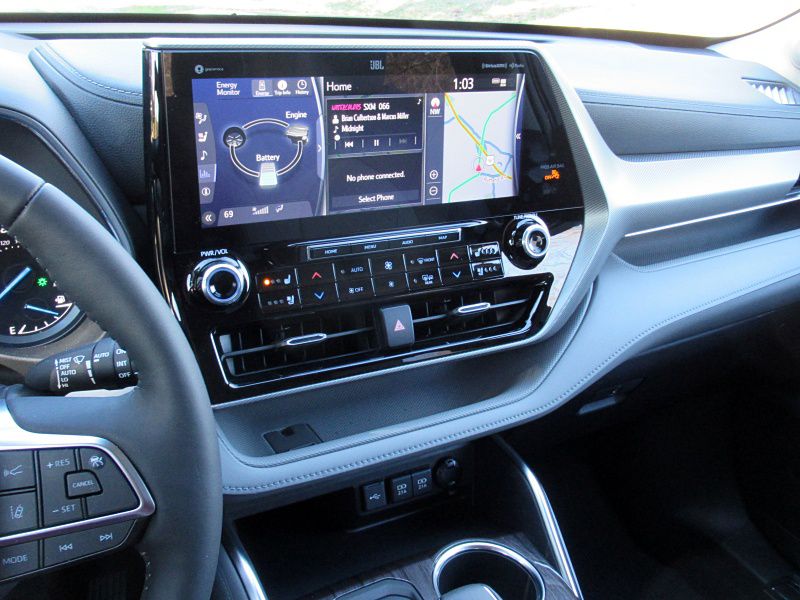
Photo by Brady Holt
9. It earned top safety scores.
The Highlander Hybrid earned a Top Safety Pick+ designation from the Insurance Institute for Highway Safety, the organization’s highest available rating. It also earned the maximum five stars in National Highway Traffic Safety Administration crash testing.
No less impressively, the vehicle comes standard with a long list of safety technology: Automatic emergency braking with pedestrian detection, lane-keep assist, adaptive cruise control, and blind-spot monitoring with a rear cross-traffic alert are included on every Highlander Hybrid. A surround-view parking camera and a head-up display are available on high-end trim levels, too.
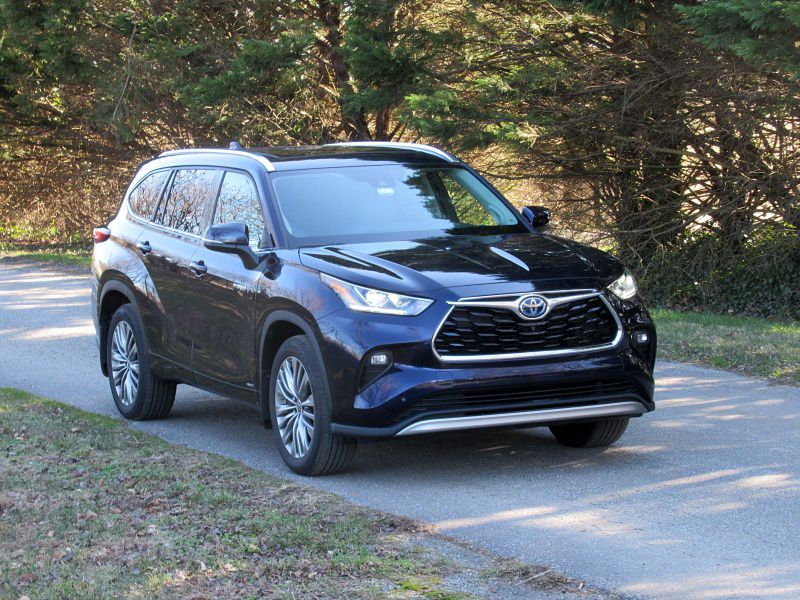
Photo by Brady Holt
10. There’s a new three-row Toyota hybrid in town.
The Highlander Hybrid is used to being pretty much the only game in town for a three-row hybrid. That changed this year in a big way. The newly redesigned 2021 Toyota Sienna minivan is a mechanical cousin to the Highlander Hybrid, and it provides substantially more interior room and equivalent gas mileage for thousands of dollars less. It even offers all-wheel drive. The Highlander Hybrid’s slightly smaller size can be an asset in tight quarters, and it has a higher ground clearance (8 inches versus 6.4 inches). But unless minivan style is off-limits, the hybrid-only Sienna is the more sensible choice for most prospective buyers.
There’s another brand-new competitor this year, too: the 2021 Kia Sorento Hybrid, a fellow mid-size crossover. It provides a sportier, higher-end driving experience than the Highlander Hybrid, and also costs less. However, it has even less interior space and is only available with front-wheel drive. Another hybrid in this class is the Ford Explorer, but its V6-based powertrain gets mediocre gas mileage, and the gas-electric powertrain is available only in a high-end $50,000-plus trim level.
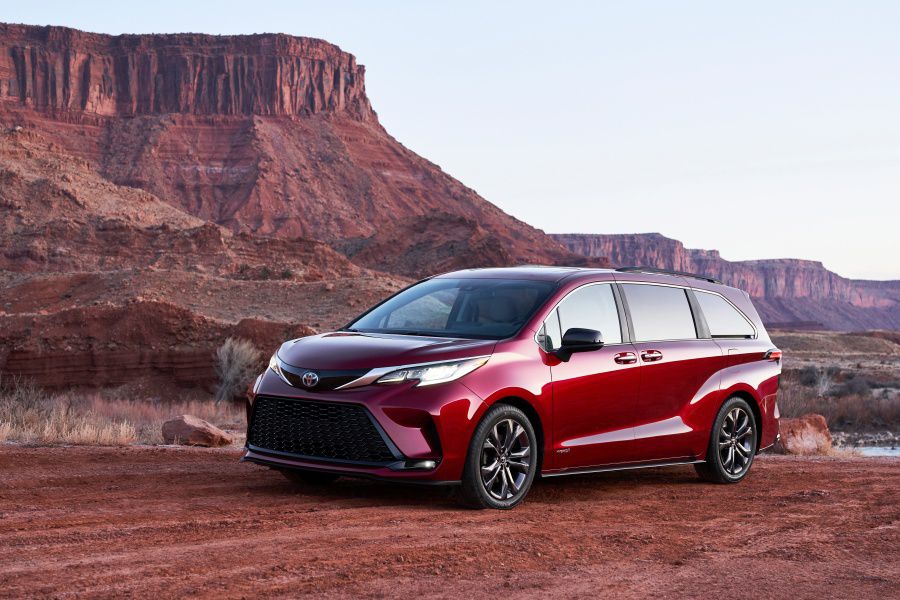
Photo by Toyota